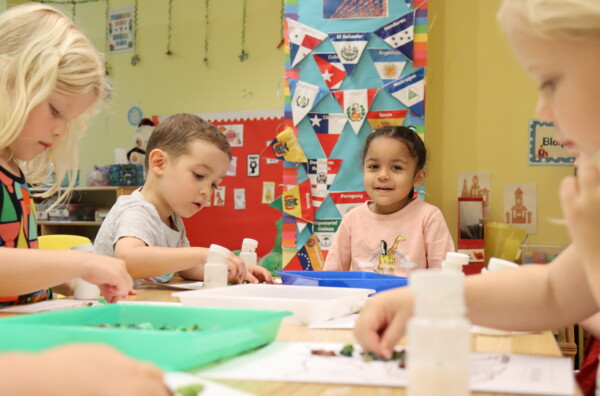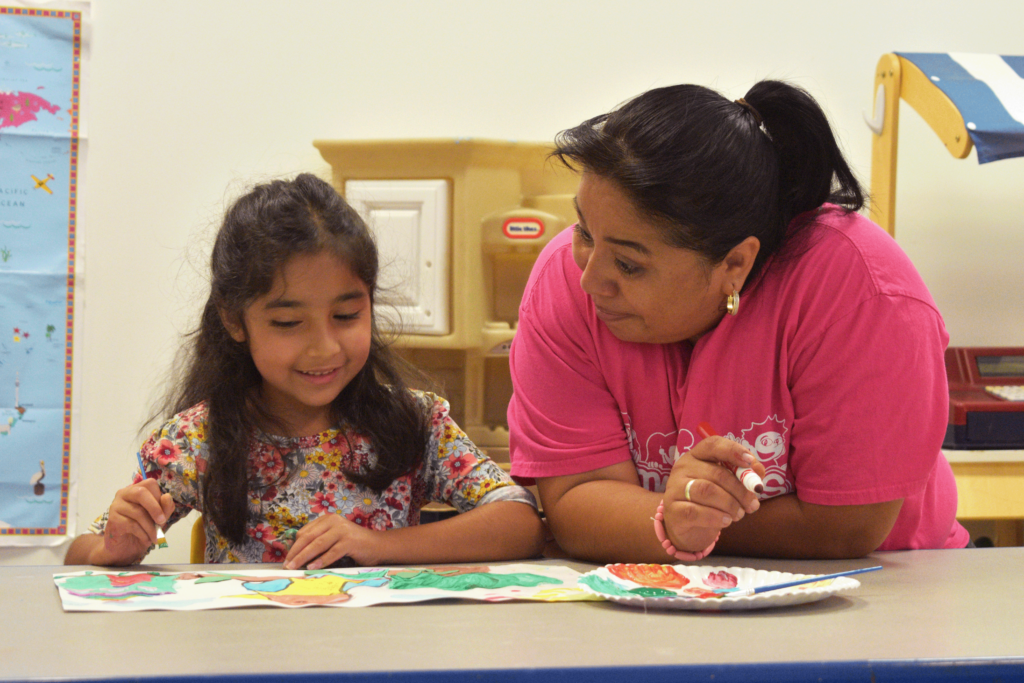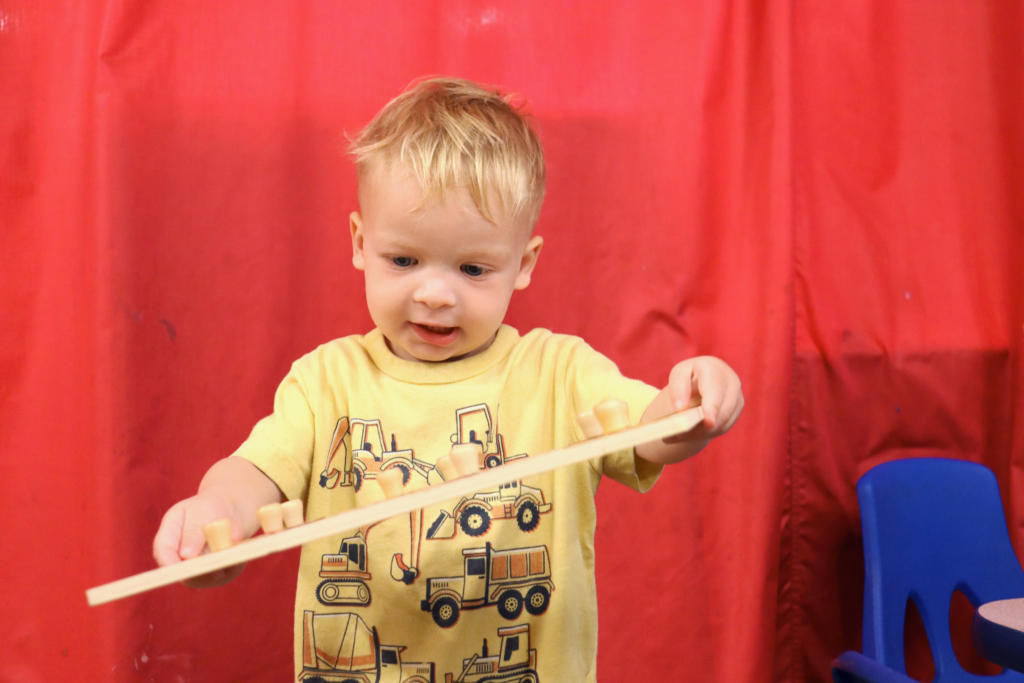Nurturing Young Minds: Montessori vs. Language Immersion Preschools

Choosing the right preschool program is an important decision for parents seeking the best educational foundation for their children. Montessori and Language Immersion programs are two popular options, each with its own unique approach. Let’s explore the differences between these programs!
Montessori Preschool Programs
Montessori is an educational approach developed by Dr. Maria Montessori, an Italian physician and educator, in the early 20th century. It is based on the philosophy that children are naturally curious and possess an innate desire to learn. The Montessori method emphasizes the importance of fostering independence, self-discipline, and respect for each child's individuality.
Pros:
- Individualized Learning: Montessori programs offer individualized learning experiences, allowing children to progress at their own pace and explore their interests (Lillard, 2005).
- Hands-On Approach: Montessori materials and activities promote hands-on learning, fostering sensorial exploration and developing fine motor skills (Rathunde & Csikszentmihalyi, 2005).
- Mixed-Age Grouping: Multi-age classrooms encourage cooperation, mentorship, and peer learning, as older children can help younger ones (Lillard, 2005).
- Limited Language Immersion Focus: Montessori programs may not prioritize language immersion as their central component, potentially limiting exposure to a second language (Rathunde & Csikszentmihalyi, 2005).
- Limited Peer Interaction: Individualized programs may prioritize one-on-one instruction, leading to limited opportunities for children to interact with their peers. Peer interactions play a crucial role in language development as they offer diverse language models and encourage social communication.
- Limited Emphasis on Cultural Diversity: Montessori programs may not explicitly integrate cultural diversity into their curriculum, which could be a drawback for families seeking a globally-oriented education (Rathunde & Csikszentmihalyi, 2005).
Language Immersion Preschool Programs
Language Immersion is an educational approach where children are immersed in a foreign language from an early age to learn it naturally and effectively. The primary goal of language immersion preschools is to develop bilingual or multilingual proficiency by exposing children to the target language in a rich and interactive environment. Let's examine the pros and cons:
- Bilingual Proficiency: Language immersion programs provide a unique opportunity for children to become fluent in a second language, promoting bilingualism and enhancing cognitive skills (Genesee, 2004) (see this blog for the benefits of bilingualism).
- Cultural Awareness: Language immersion programs often integrate cultural elements, fostering global awareness, appreciation, and a broader perspective (Genesee, 2004).
- Cognitive Benefits: Research indicates that language immersion programs can enhance cognitive development, including executive functions, memory, and problem-solving skills (Kuipers & Mukhopadhyay, 2010).
- Initial Language Adjustment: Children may initially face challenges adapting to a new language; however, consistent exposure and supportive learning environments can facilitate their language acquisition (Genesee, 2004).
- Availability and Cost: Finding a language immersion preschool program can be challenging in certain areas, and the associated tuition fees may be higher compared to traditional programs (Genesee, 2004) (see our tuition assistance options here)

In conclusion, both Montessori and Language Immersion preschool programs offer valuable benefits for a child's development. However, when considering the advantages each option brings, Language Immersion stands out as a highly beneficial choice, particularly for parents who prioritize multiculturalism. The opportunity for children to become bilingual at an early age provides numerous cognitive benefits, such as improved problem-solving skills and creativity. Moreover, the immersion in a different culture fosters a profound understanding and appreciation for diversity, nurturing cultural awareness and sensitivity. The interactions with diverse peer groups also enhance social skills and adaptability, enabling children to communicate effectively across cultural boundaries.
In the long term, bilingualism and multicultural awareness can open doors to various educational and career opportunities in our globalized world. Nonetheless, it is essential for parents to consider their child's individual preferences, goals, and needs to ensure the best possible fit for their educational journey. By carefully assessing these factors, parents can make an informed decision that will lay a strong foundation for their child's holistic development and future success.




